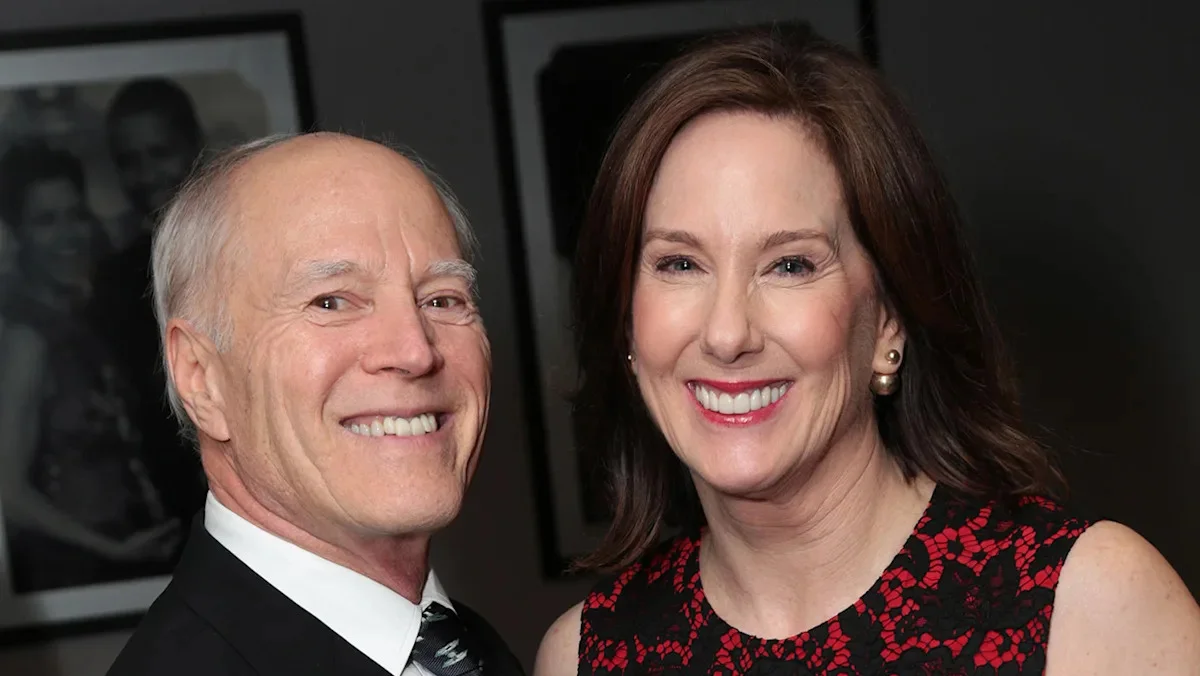Frank Marshall Jurassic World Rebirth influence has come into focus as director Gareth Edwards and producer Frank Marshall have discussed the creative process that led to the mutant dinosaur D-Rex featured in the film. During the promotional campaign for Jurassic World: Rebirth, Edwards and Marshall referenced some iconic cinematic creatures that played a foundational role in the D-Rex’s creation, shedding light on how the movie draws from a turbulent legacy of monster storytelling.
Designing the D-Rex: A Blend of Legendary Influences
In a recent interview with Collider, Gareth Edwards and Frank Marshall admitted that the newly unveiled D-Rex, or Distortus Rex, owes aspects of its design to the Rancor monster from Lucasfilm’s Star Wars: Episode VI – Return of the Jedi as well as the Xenomorph from 20th Century Fox’s Alien series. Both the Star Wars and Alien franchises are now under the control of The Walt Disney Company, which acquired Lucasfilm and the former 20th Century Fox, now known as 20th Century Studios. However, the Jurassic franchise remains with Universal Pictures.
During the exchange, Frank Marshall joked about his ties to Lucasfilm, referencing his marriage to Kathleen Kennedy, the current president of Lucasfilm, by quipping, “Don’t tell Kathy.” This comment emphasized the playful connection between Universal and Disney-owned properties, especially as Marshall and Edwards acknowledged their willingness to draw inspiration from competitors.

Candid Insights into the Creature’s Creation
Director Gareth Edwards further pulled back the curtain on the creative brainstorming that led to the D-Rex’s distinct appearance. He described the difficulty in generating a truly unique monster, saying that inspiration often comes as a result of mixing and matching features from cinematic icons. The Rancor and H.R. Geiger’s Alien both proved essential to the new dinosaur’s unsettling design, adding to the creature’s complex presence on screen.
“It’s really hard to come up with a monster idea. We put in a little bit of the Rancor from Star Wars. Don’t tell people who work on Star Wars.”
— Gareth Edwards, Director
“Then we put in a little bit of H.R. Geiger’s Alien for good measure. There was a little bit of, obviously, the T-Rex. Then, if you imagine we were all dinosaurs for a second, and someone made a movie about humans, they would go, ‘Oh, it’s a human.’ That’s the end of the conversation. You’d be like, ‘Well, which human? What kind? Like, Clint Eastwood? What is it?’ So, basically, the animators go, ‘Well, who would it be if it was a character?’ I ended up saying, ‘Okay, maybe go rewatch David Lynch’s The Elephant Man.’ It’s the idea of something that’s a little bit suffering, didn’t want to be in this situation, and I like that. It’s in there, certainly, hopefully, but there’s this little bit of empathy you have for it. You wanted to feel slightly sorry for it.”
— Gareth Edwards, Director
This deeper explanation from Edwards reveals the emotional turbulence and empathetic angle they attempted to convey through the D-Rex. The creative team sought to imbue the creature with a sense of reluctant suffering—an unusual trait for a Jurassic dinosaur—and thus elicit a mix of fear and sympathy in viewers.
The Film’s Presence and Broader Implications
Jurassic World: Rebirth is now screening in cinemas globally, inspiring a range of public reactions that reflect both awe at its visual spectacle and agitation regarding its creature design choices. The film’s promotional reach extends throughout major locations like Universal CityWalk Hollywood, which features a large-scale display of the D-Rex outside AMC theaters. Universal Studios Hollywood also engages visitors with a Spinosaurus photo opportunity on its Lower Lot, highlighting the film’s cultural footprint.
As the new Jurassic World installment continues to draw attention, these revelations about the creative influences behind the D-Rex not only position Frank Marshall and Gareth Edwards as prominent figures in cinematic monster innovation, but also foster renewed comparisons between franchises controlled by The Walt Disney Company and Universal Pictures. Fans and critics alike will be watching closely to see whether the empathetic, emotionally intense approach to this new dinosaur influences future productions and the trajectory of monster films moving forward.
Our Reader’s Queries
Q. Why did Frank’s body explode?
A. He ends by telling them not to waste time and to enjoy life, as he feels he did that himself. Later, in a mid-credits scene, two workers at the morgue take Frank’s body and put it into the cremation chamber. Because his body has so much alcohol, it explodes, and an urn with his name drops to the floor.
Q. What illness does Frank have in season 4?
A. Ian, Carl, and Debbie (played by Emma Kenney) go to see Frank, who is unconscious and near death. While they are there, a priest starts a marriage ceremony for Sheila and Frank. Suddenly, doctors come in and take Frank away to a different room. Because he is very sick, Frank is now at the top of the list and will get a liver transplant soon.
Q. Was Marshall mugged or not?
A. Robin wants to interview him for her show, and he says yes because he wants her show to get more viewers. Later, Marshall tells Barney and Ted in private that the story about the monkey is not true. He admits that he was actually mugged but made up the monkey story to help Lily feel better and stop her from getting a gun.
Q. How did Marshall really get mugged?
A. Marshall feels scared by the idea. He explains that he actually was not mugged. Instead, while he was at the Central Park Zoo, a monkey took his wallet when he stood near the monkey cage. Robin asks if she can interview him for her television show, and Marshall says yes to help her get more viewers.
